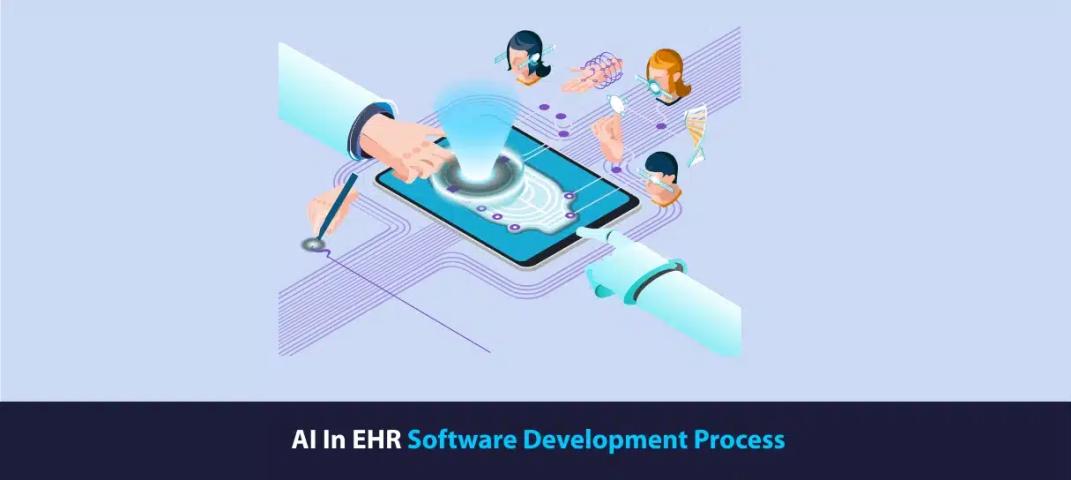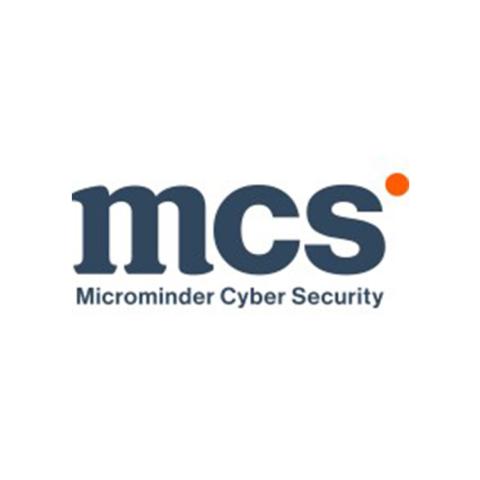Electronic Health Record (EHR) software is a digital system used to collect, store, manage, and share patients' medical records and health information. These systems are designed to improve the quality, safety, and efficiency of healthcare delivery enabling healthcare providers to access comprehensive and up-to-date patient data. Here are some key features and benefits of EHR software:
Key Features of EHR Software:
1. Patient Records Management
- Stores comprehensive patient information, including medical history, diagnoses, medications, treatment plans, immunization dates, allergies, radiology images, and laboratory test results.
. Clinical Documentation
- Enables healthcare providers to document clinical notes, progress notes, and other relevant patient interactions in a structured and easily accessible format.
3. e-Prescribing
- Allows healthcare providers to electronically prescribe medications, reducing errors associated with handwritten prescriptions and improving efficiency.
4. Appointment Scheduling
- Facilitates the scheduling and management of patient appointments, including reminders and follow-up notifications.
5. Clinical Decision Support
- Provides tools and alerts to assist healthcare providers in making informed clinical decisions, such as drug interaction warnings, preventive care reminders, and evidence-based guidelines.
6. Billing and Coding
- Integrates with billing systems to streamline the coding of diagnoses and procedures, ensuring accurate and efficient processing of insurance claims and payments.
7. Interoperability
- Supports the exchange of health information with other EHR systems, healthcare providers, laboratories, pharmacies, and other stakeholders, enabling coordinated and integrated care.
8. Patient Portal
- Offers a secure online portal for patients to access their health records, view test results, schedule appointments, communicate with healthcare providers, and manage their health information.
9. Data Analytics and Reporting
- Provides tools for analyzing patient data, generating reports, and tracking key performance indicators (KPIs) to support quality improvement and regulatory compliance.
10. Mobile Access
- Allows healthcare providers to access and update patient records using mobile devices, improving flexibility and accessibility.










